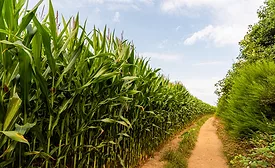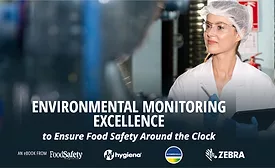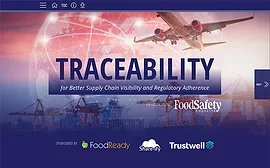Home » Keywords: » traceability
Items Tagged with 'traceability'
ARTICLES
Sponsored Content
eBook | Environmental Monitoring Excellence: Ensuring Food Safety Around the Clock
December 9, 2024
Sponsored Content
eBook | Traceability for Better Supply Chain Visibility and Regulatory Adherence
February 19, 2024
BIZTRACKS
Automated Traceability Solution for Food Industry Now More Affordable
October 12, 2023
BIZTRACKS
CAST, IFT Publish Traceability Issue Paper to Help Industry Improve Food Safety
September 28, 2023
EVENTS
Webinar
2/11/25 to 2/11/26
Contact: Vania Halabou
Recall Readiness: How to Conduct a Mock Recall and Ensure Traceability
Webinar
4/15/25 to 4/15/26
Contact: Vania Halabou
FSMA 204: How to Achieve Traceability and Transparency Along Your Supply Chain
Webinar FSS Live Streaming | Available On Demand
5/13/25 to 5/13/26
Contact: Vania Halabou
Traceability Next Steps—Supply Chain Implementation
Webinar
11/11/25 to 11/11/26
Contact: Vania Halabou
Feeding the Future: How Lessons From 2025 Will Shape 2026
Never miss the latest news and trends driving the food safety industry
eNewsletter | Website | eMagazine
JOIN TODAY!Copyright ©2025. All Rights Reserved BNP Media.
Design, CMS, Hosting & Web Development :: ePublishing










